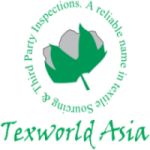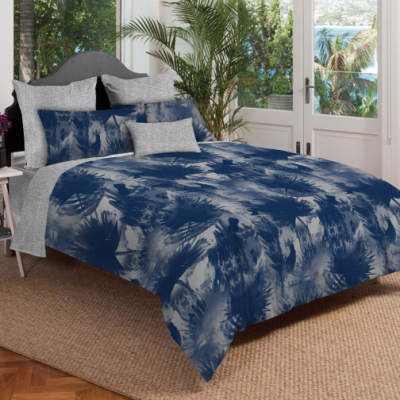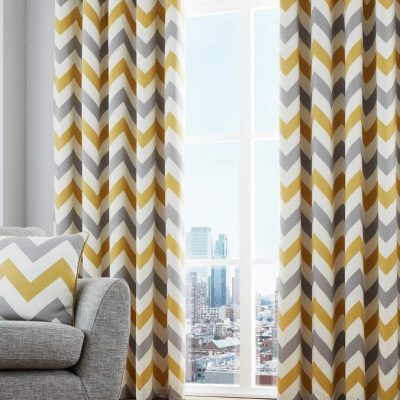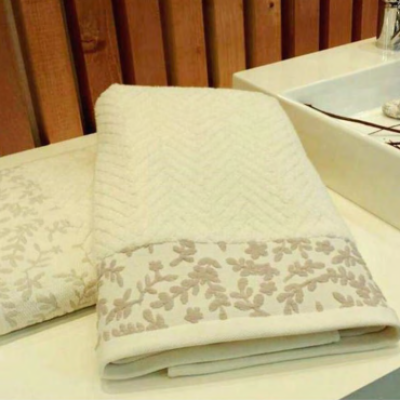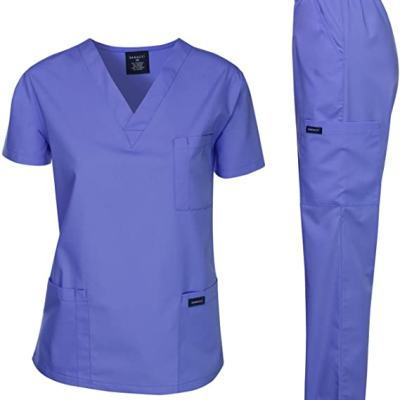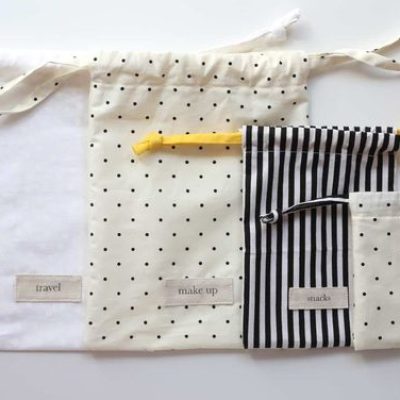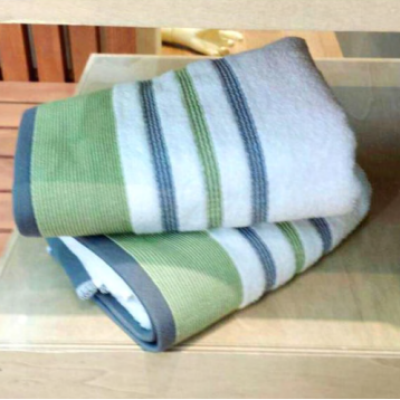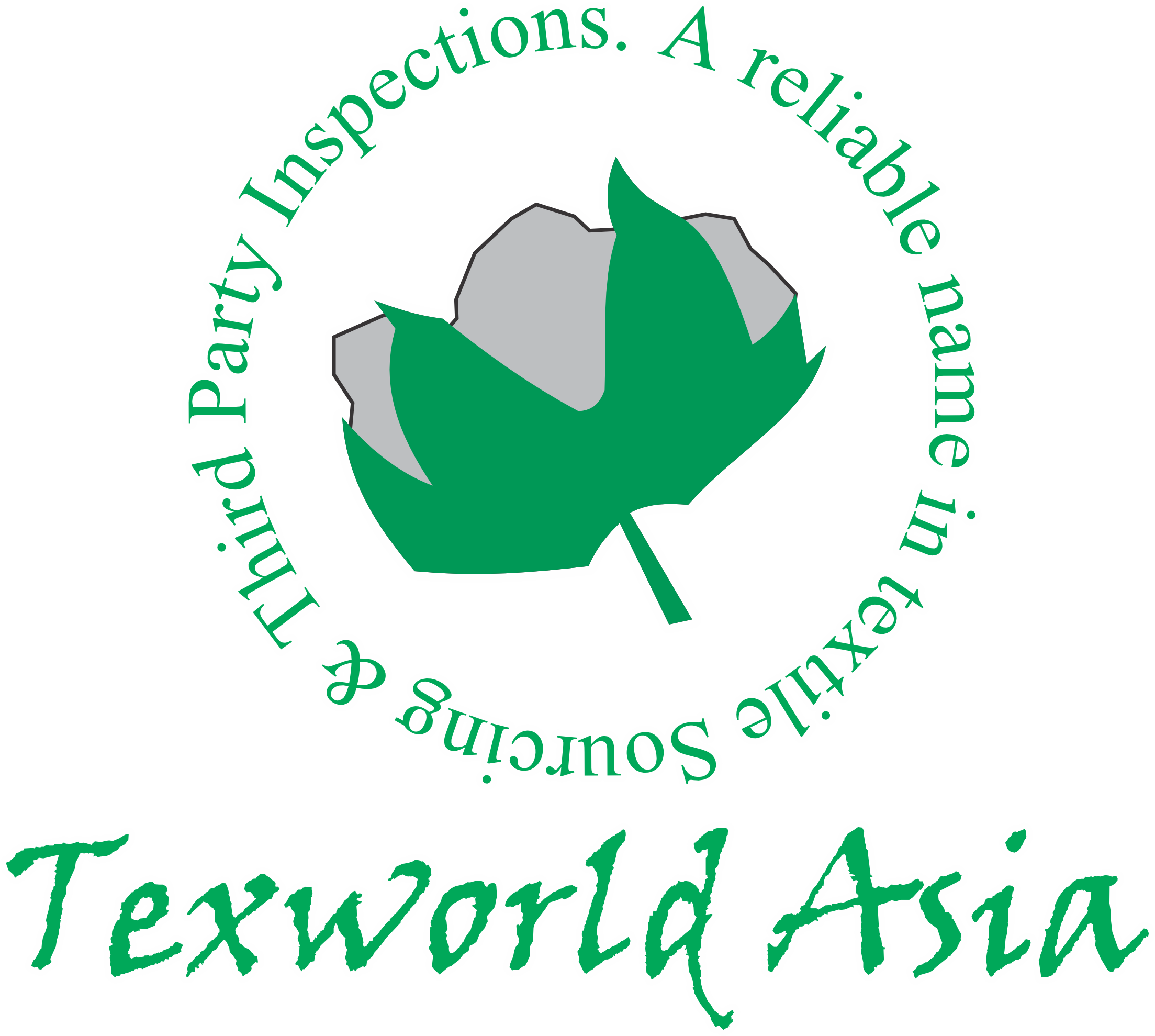Third Party Inspection Services
Textile inspection is a critical process that involves examining textiles or fabrics for any defects or flaws that may affect their quality, functionality, or durability. The inspection process is usually carried out at different stages of textile production, including raw material inspection, pre-production inspection, in-process inspection, and final inspection. Here are the steps involved in the textile inspection process:
Raw Material Inspection
In first step of inspection involves examining the quality of the raw materials, such as yarns, fibers, or fabrics, stitching and Packaging material that will be used in the bulk production. The inspection includes checking the texture, color, strength, and consistency of the materials to ensure they meet the required standards.
Pre-Production Inspection
This step involves checking the design, patterns, and specifications of the textile products before the production process begins. The inspection helps to identify any errors or deviations from the intended product design, which can be corrected before production.
Pre-cut Inspection
During the production process, in-process inspection is carried out to check the quality of the products at different stages of production. The inspection involves checking for any defects, such as Printing, uneven dyeing, errors, or fabric defects and packaging quality parameters etc.
In-Line Inspection
In-line inspection: refers to the process of inspecting products or materials during the manufacturing process, rather than after the production is completed. In-line inspection is an important quality control measure that helps to detect and correct defects or errors of stitching and packaging before they become more difficult or costly to address.
Final Inspection
The final step in the inspection process involves examining the finished products to ensure they meet the required standards. The inspection includes checking the size, shape, color, design, and quality of the products before they are packaged and shipped to customers.
Overall, the textile inspection process is crucial in ensuring that the textiles produced meet the required standards and are of high quality, functional, and durable.
